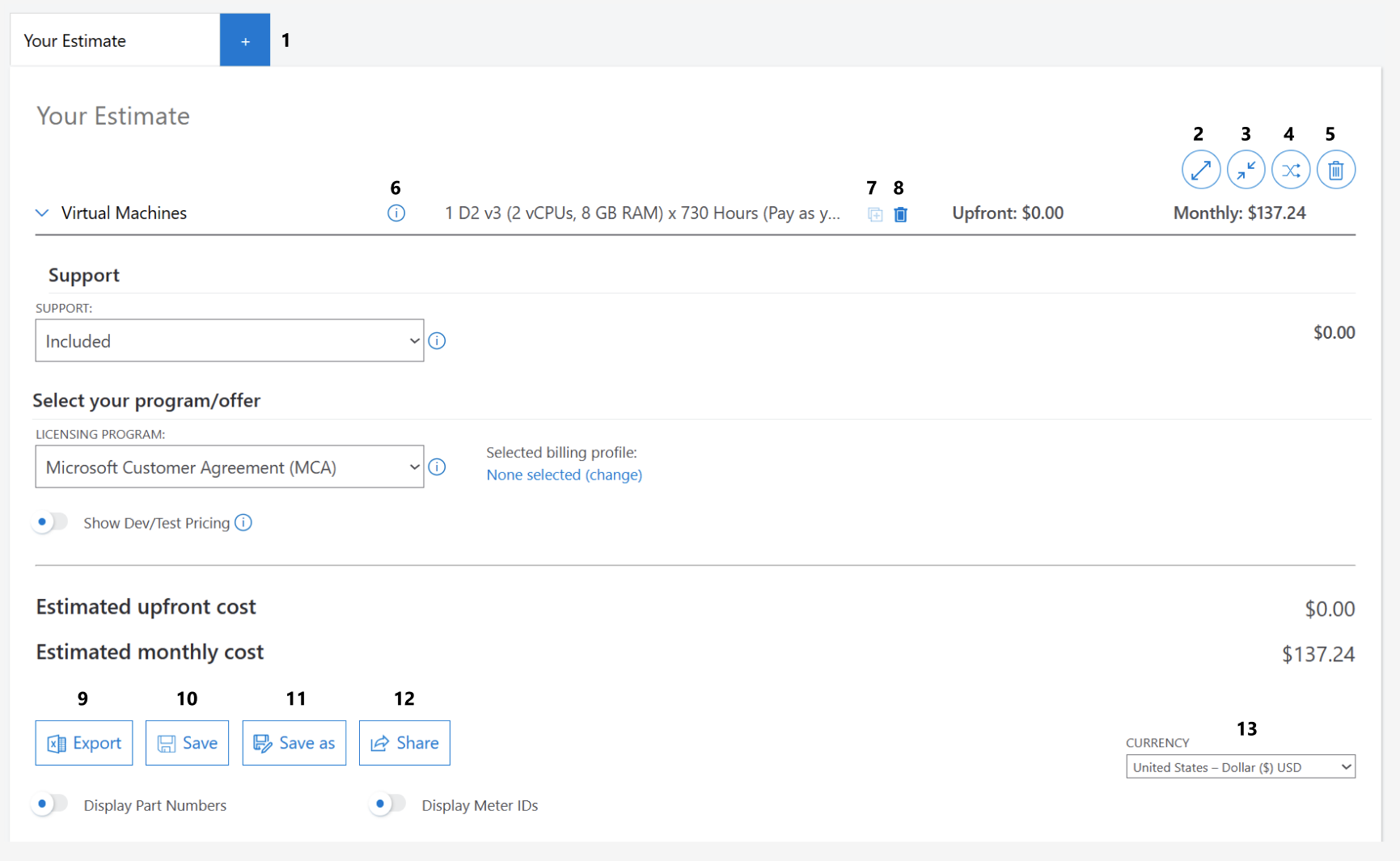Cloud computing is where it’s at. And Microsoft Azure cloud services is at the cutting edge of the technology. It offers comprehensive tools designed to help organizations innovate, scale, and grow. Tools such as computing power, storage solutions, networking, and databases – all of which are accessible over the internet. Azure’s infrastructure supports various applications – from simple web apps to complex AI models and big data analytics.
Key Services Offered by Microsoft Azure cloud services:
Computer: Virtual machines, Azure Kubernetes Service, Azure Functions for serverless computing.
Storage: Azure Blob Storage, Azure Files, and Azure Disk Storage.
Database: Azure SQL Database, Azure Cosmos DB, and Azure Database for PostgreSQL.
Networking: Azure Virtual Network, Azure Load Balancer, and Azure VPN Gateway.
AI and Machine Learning: Azure Cognitive Services, Azure Machine Learning.
Analytics: Azure Synapse Analytics, Azure Data Lake, and Azure Databricks.
Microsoft Azure Cloud Services Pricing Calculator
One of the standout features of Microsoft Azure cloud services for businesses is its transparent and flexible pricing model. The Azure Pricing Calculator is a powerful tool that allows users to estimate the costs of using Azure services tailored to their specific needs. Features include:
Cost Estimation: Users can select and customize the Microsoft Azure cloud services they need. They can adjust configurations such as region, instance type, and storage requirements to get a detailed cost estimate.
Cost Management: Provides insights into potential cost-saving opportunities by comparing different service options.
Scalability: Helps plan for resources based on anticipated workloads and ensures cost efficiency.
Real-Time Updates: Reflects the latest pricing updates and offers for accurate cost planning.
By using the Azure Pricing Calculator, businesses can optimize their cloud spending and make informed decisions. It also helps them avoid unexpected costs and maximizes their investment in cloud infrastructure.
Azure Security Best Practices
Security is another critical aspect of cloud computing, and Microsoft Azure is designed with a strong framework to protect data, applications, and services. Here are some best practices for ensuring security on Azure:
Identity and Access Management: Use Azure Active Directory (Azure AD) to manage user identities and control access to resources. Implement Multi-Factor Authentication (MFA) to add an extra layer of security.
Network Security: Use Network Security Groups (NSGs) to filter network traffic to and from Azure resources. Implement Azure Firewall and Azure DDoS Protection to safeguard against network threats.
Data Protection: Encrypt data using Azure Disk Encryption and Transparent Data Encryption (TDE). Use Azure Key Vault to manage and safeguard encryption keys and secrets.
Monitoring and Management: Enable Azure Security Center to gain insights into security posture and receive recommendations for improvement. Use Azure Monitor and Azure Log Analytics to track and analyze resource activity and detect potential security incidents.
Compliance: Ensure compliance with industry standards and regulations using Azure Policy and Azure Blueprints. Regularly review and audit security settings to align with compliance requirements.
Backup and Recovery: Implement Azure Backup and Azure Site Recovery to protect data and ensure business continuity in case of disasters.
The Growth of Azure
Microsoft Azure cloud services have seen substantial growth and adoption across various industries. Statista notes that as of Q1 in 2024, Azure holds approximately 25% of the global cloud market share, second only to Amazon Web Services (AWS). Furthermore, a report by Synergy Research Group found that the global cloud services market grew by 34% year-over-year, reflecting the increasing reliance on cloud infrastructure. And Microsoft Azure cloud services is the ideal platform for businesses looking to leverage the benefits of cloud computing. With various services, a transparent pricing calculator, and strong security practices, Microsoft Azure cloud services provides the tools and capabilities needed to drive innovation, efficiency and scalability.
Transform Your Cloud Experience with 360 Visibility
Maximize your Azure investment with our expert Cloud Managed Support Services. Choose from flexible support plans designed to fit your unique needs and budget. Our dedicated team provides:
- Cost Savings: Optimize your cloud spend with our cost management experts.
- Risk Reduction: Enhance performance and minimize risks with proactive monitoring and alerts.
- Expert Access: Benefit from local, senior Azure consultants and personalized account management.
- Enhanced Security: Secure and maintain your cloud and on-premises resources with Azure’s advanced solutions.
- Strategic Advisory: Work with our solution architects to modernize and secure your applications.
Whether you’re starting fresh or looking to refine your current setup, 360 Visibility has the support plan that’s right for you. Unlock the full potential of your Azure Cloud today! Contact us to learn more and get started.



